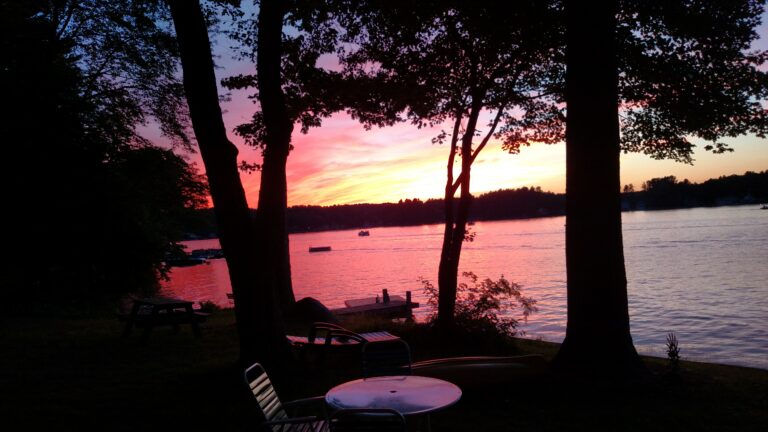
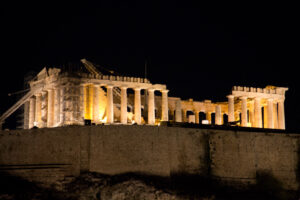
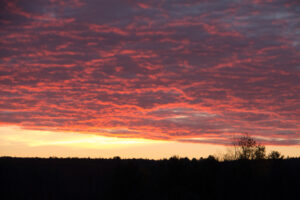
When I worked on my Grandfather’s farm we had several tractors. Five John Deeres and one Farmall. The one I used most was a model 50, which was the successor to the old model B.
When I discovered the Two Cylinder Club, I started looking for an old Deere, and eventually found this one.
I went to look at this tractor where it was for sale by an individual. He couldn’t get it started. He said it had spark and fuel but wasn’t starting. They towed it behind a pickup truck, and could get it to pop once or twice but it refused to start.
I offered him less money and he agreed. We winched it up onto my trailer and I had my antique John Deere, even though I never saw it run.
The first thing I did, was to replace the points and condenser. After that, I had little trouble getting it to run.
I planned to restore it to original, as much as practical. There were (are) some parts that had been replaced over the years with parts different than what came on it from the factory. The first part I replaced was the magneto. The one on it was from a much newer tractor. I also replaced the steering wheel and the seat. Those were obviously wrong.
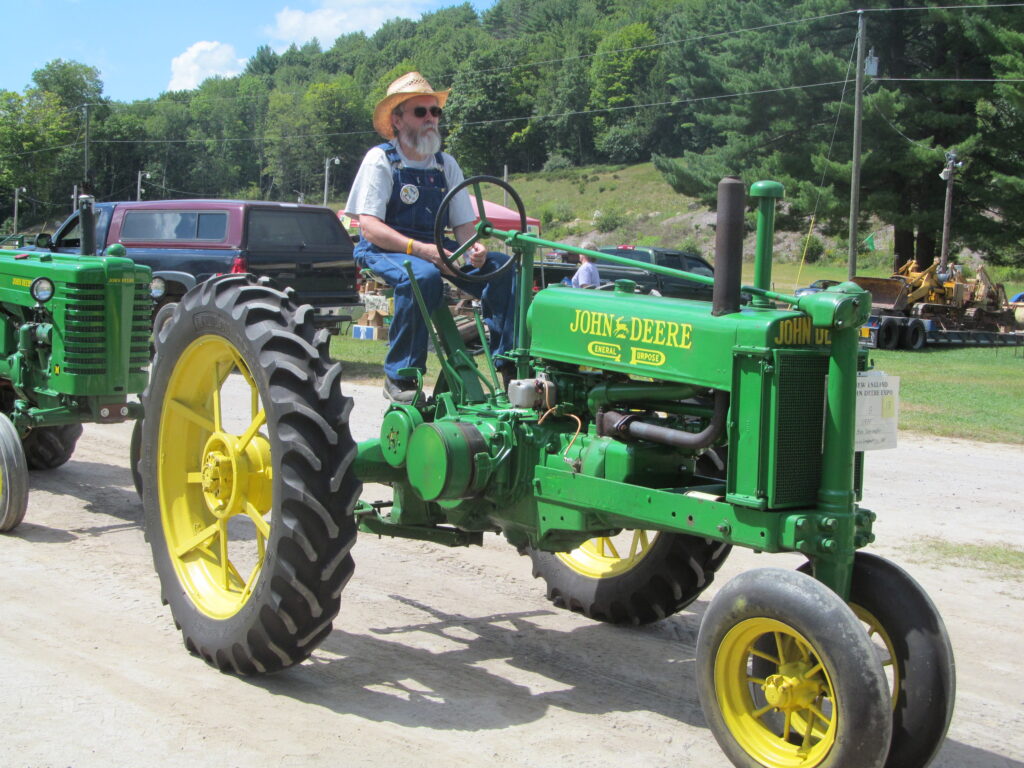
This is me driving it in the tractor parade at the New England John Deere Expo in 2014.
I’ve also driven it in the Londonderrr Old Home Days Parade a couple of times. I’d like to overhaul the engine, because the plugs foul easily. I think that indicates the need for a ring job. That’s a lot of work though. Maybe I’ll get to it someday.
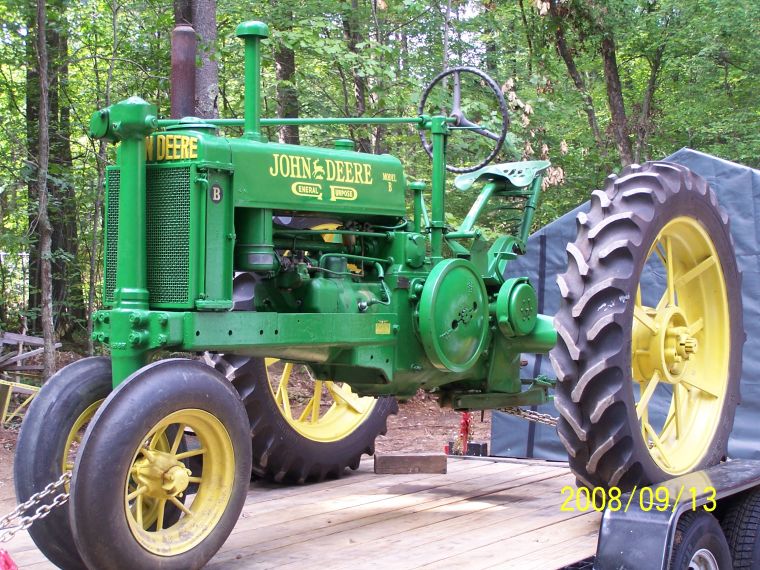
Known as an “Unstyled” B, this tractor was manufactured in Moline, Illinois on April 9, 1935 and shipped to Ottosen, Iowa.
When it was delivered, it had skeleton steel wheels on the rear. At some point after that, the owner had the steel wheels converted to rubber tires, as was a common practice in those days. A local machine shop would have cut the spokes of the original wheels to the necessary size and then welded rims onto the original spokes.
This is the 3,484th model B of the approximately 30,000 produced between 1935 and 1938. It has a 16 horse power engine, and was designed to replace 6 to 8 horses on the average farm of that day. In 1939 the model B was “styled” by adding sheet metal covering, and hundreds of thousands were produced until 1952.